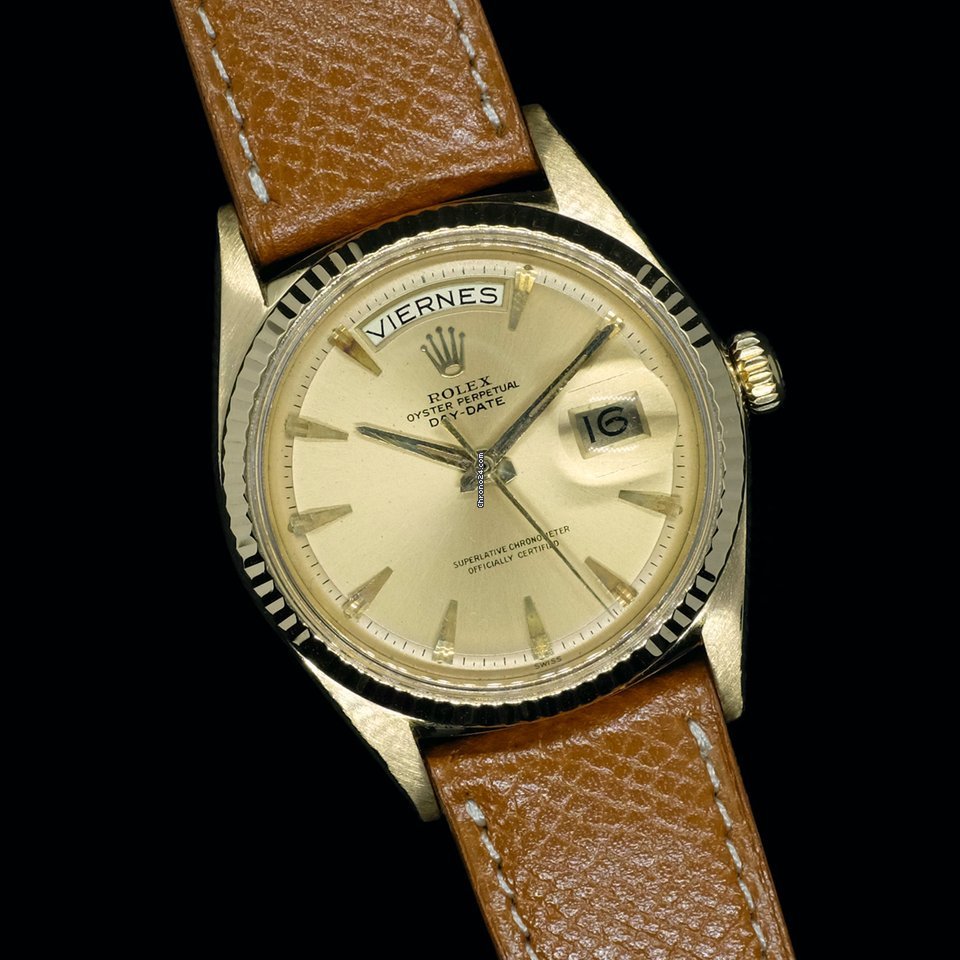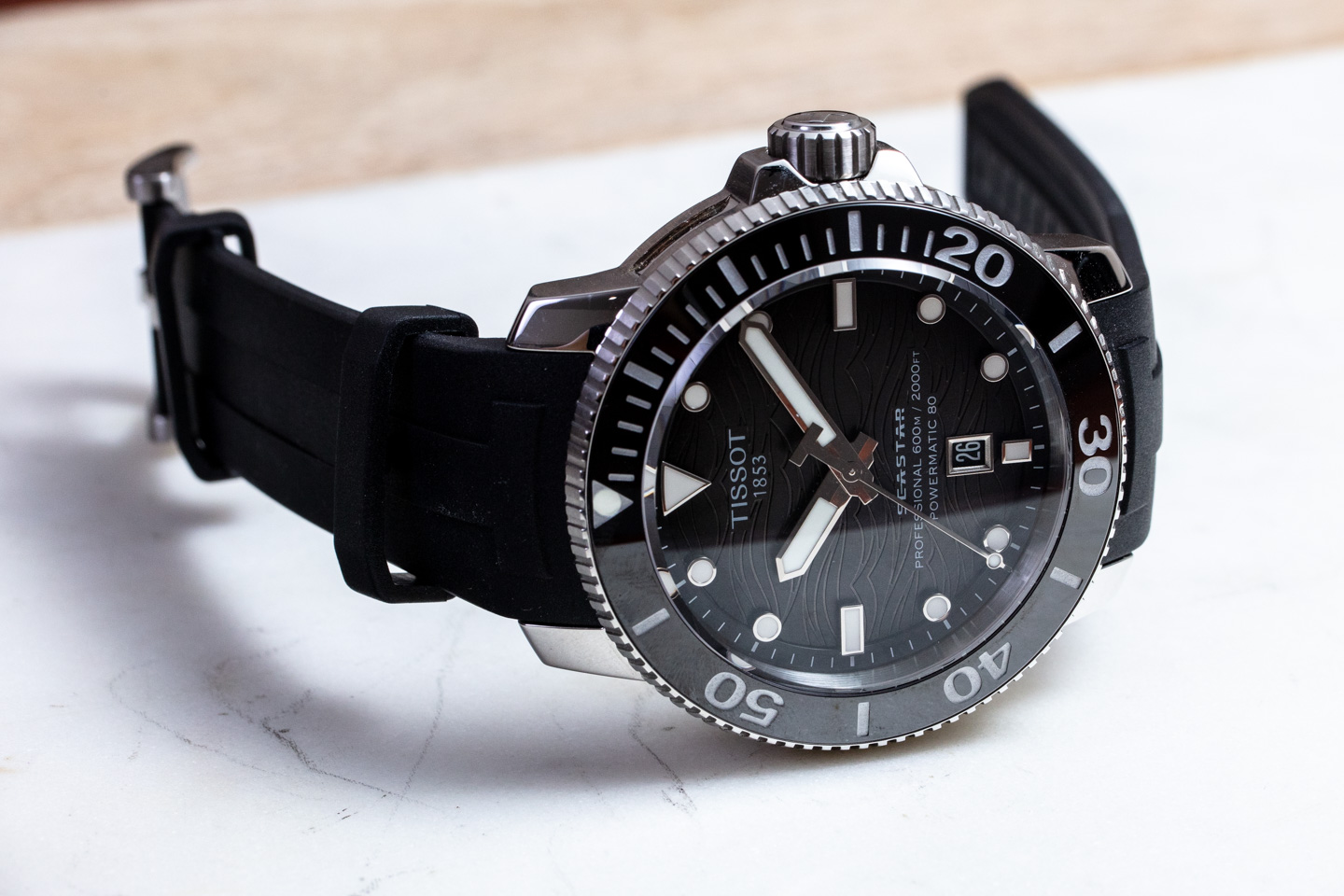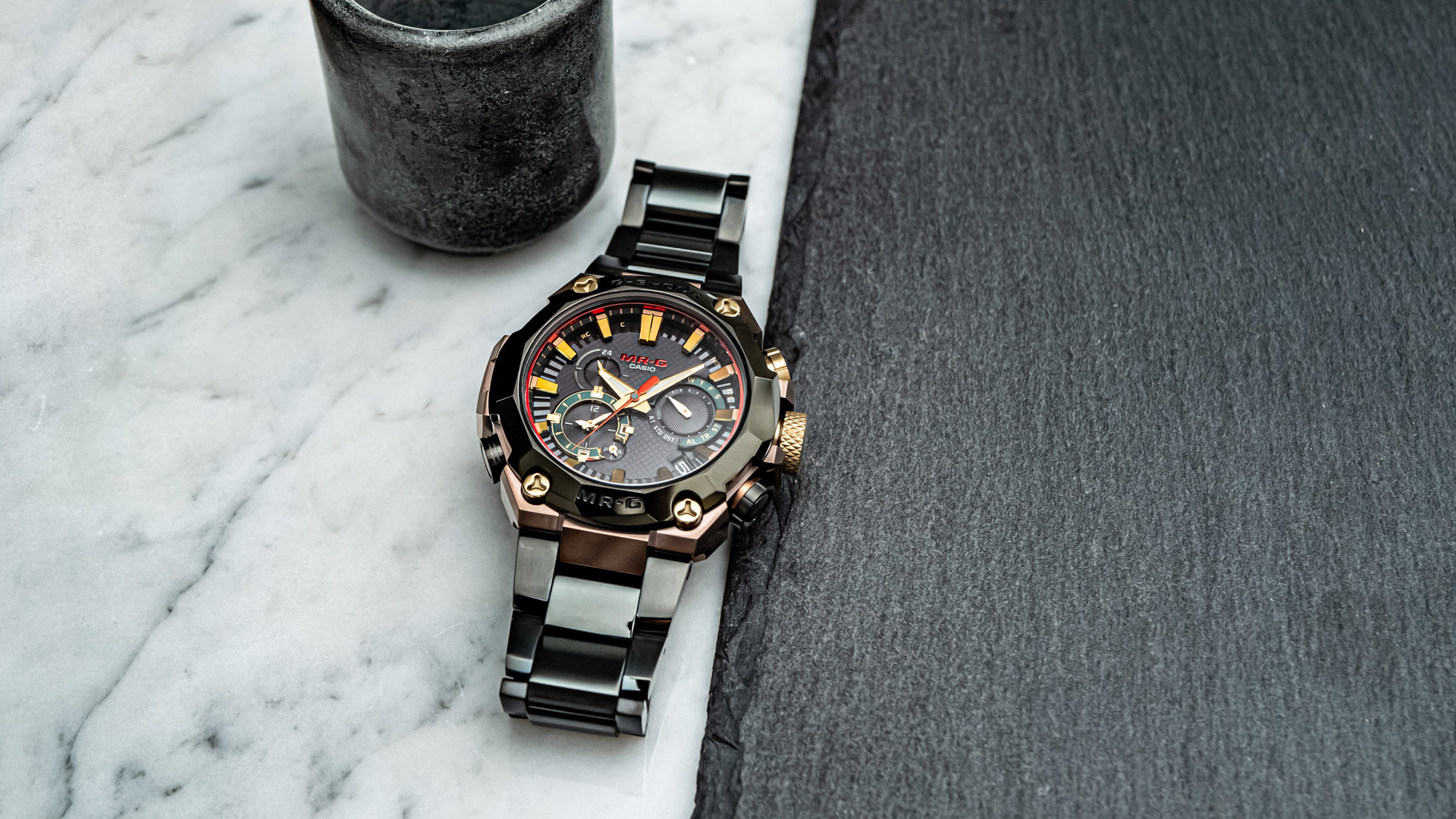Watches have long been more than just instruments for telling time; they are intricate pieces of engineering, craftsmanship, and personal expression. Whether it’s a cherished heirloom passed down through generations or a modern marvel of technology, each timepiece carries its own story and significance. However, like any mechanical wonder, watches require care and attention to ensure they continue to perform flawlessly. In this guide, we’ll explore essential tips for watch maintenance and repair, empowering you to keep your timepiece in top shape for years to come. From understanding the importance of regular servicing to mastering simple at-home care techniques, discover how you can become the guardian of your watch’s legacy, preserving its functionality and beauty for every tick-tock of time.
Understanding Your Watchs Mechanism for Better Care
Understanding the mechanism of your watch is crucial for proper maintenance and care. Watches typically fall into one of three categories: **mechanical**, **automatic**, and **quartz**. Each type has its own unique set of components and functions, requiring different approaches to maintenance. Mechanical watches, for instance, rely on intricate gears and springs that must be regularly oiled and cleaned. Conversely, quartz watches use a battery and require less frequent servicing, typically limited to battery replacements every few years. Emphasizing the importance of knowing your watch’s mechanism can lead to more informed decisions about care and repair.
When it comes to ensuring the longevity of your timepiece, consider the following tips specific to the type of watch you own:
- Mechanical Watches: Regularly service every 3-5 years to prevent wear and tear.
- Automatic Watches: Keep the watch wound if not worn regularly, or invest in a watch winder for optimal performance.
- Quartz Watches: Replace the battery as soon as you notice a decrease in accuracy.
For visual learners, here’s a quick reference table highlighting care methods based on the watch type:
| Watch Type | Care Method | Frequency |
|---|---|---|
| Mechanical | Service and oil | Every 3-5 years |
| Automatic | Keep wound or use a winder | As needed |
| Quartz | Battery replacement | Every 2-3 years |
By taking the time to understand your watch’s mechanism and following these care tips, you can ensure your precious timepiece remains in top condition for years to come.
Routine Maintenance Practices to Extend Lifespan
To ensure your watch continues to function smoothly and maintain its aesthetic appeal, regular upkeep is indispensable. Establishing a **routine cleaning schedule** is essential; consider using a soft, lint-free cloth to wipe down the watch case and band weekly. For deeper cleaning, submerge the timepiece in warm, soapy water occasionally, but make sure it’s waterproof before doing so. Additionally, it’s wise to check the **gaskets and seals** periodically. This proactive approach will not only enhance the watch’s longevity but also preserve its charm. Here are some specific practices to incorporate:
- Regular Winding: For mechanical watches, winding them regularly can prevent the lubricant from drying out.
- Avoid Extreme Temperatures: Keep your watch away from extreme heat or cold to protect delicate components.
- Battery Replacement: Replace batteries immediately when they die to avoid leakage and subsequent damage.
- Safe Storage: When not in use, store your watch in a soft pouch or a dedicated watch box to prevent scratches.
In addition to cleaning and storage, consider a professional service every few years. A skilled watchmaker can perform a thorough inspection and maintenance service that includes a full disassembly of the mechanism, cleaning of each part, and replacement of any worn-out components. This can help identify potential issues before they become major problems. Below is a simple table that outlines general maintenance guidelines:
| Task | Frequency |
|---|---|
| Wipe the watch with a cloth | Weekly |
| Deep cleaning | Every 6 months |
| Professional service | Every 3-5 years |
| Battery check/replacement | Annually |
DIY Repair Tips for Common Watch Issues
Watches, much like any other device, can encounter issues that require a bit of know-how to remedy. For a quick fix, start with the **battery**. If your watch has stopped ticking, it might simply need a new battery. To replace it, ensure you have the correct type and a pair of tweezers handy. Open the back case carefully, remove the old battery, and insert the new one while being cautious of the contacts. Another common issue relates to **water resistance**. If you notice moisture under the glass, immediately dry the watch and replace the seals if you feel confident. If not, don’t hesitate to seek professional help to avoid further damage.
Next, for those who love their classic mechanical watches, the **movement** can often be the source of glitches. If you hear unusual sounds or experience erratic time keeping, consider giving your watch a wind or a thorough cleaning. Maintaining the **bracelet** is equally important; a loose link can affect the fit and comfort of your timepiece. Regularly check and adjust the links using a pin removal tool. If your watch is scratched, a light polish may do the trick. For deeper scratches, consider using a scratch remover specifically designed for your watch’s material. Keeping an eye on these factors can enhance the longevity and performance of your cherished timepiece.
Closing Remarks
In the world of horology, a watch is more than just a tool for telling time; it’s a reflection of personal style, a testament to craftsmanship, and often, a cherished heirloom. By adhering to the essential tips for maintenance and repair outlined in this article, you can ensure that your timepiece continues to tick perfectly, year after year. Remember, your watch’s longevity is a partnership—between the intricate mechanics that power it and the care you dedicate to it. Whether you’re a seasoned collector or a casual wearer, a little attention goes a long way in preserving the allure and functionality of your timepiece. So, take a moment to inspect, clean, and care for your watch; after all, it deserves a life as remarkable as the moments it helps you measure.





















Comments